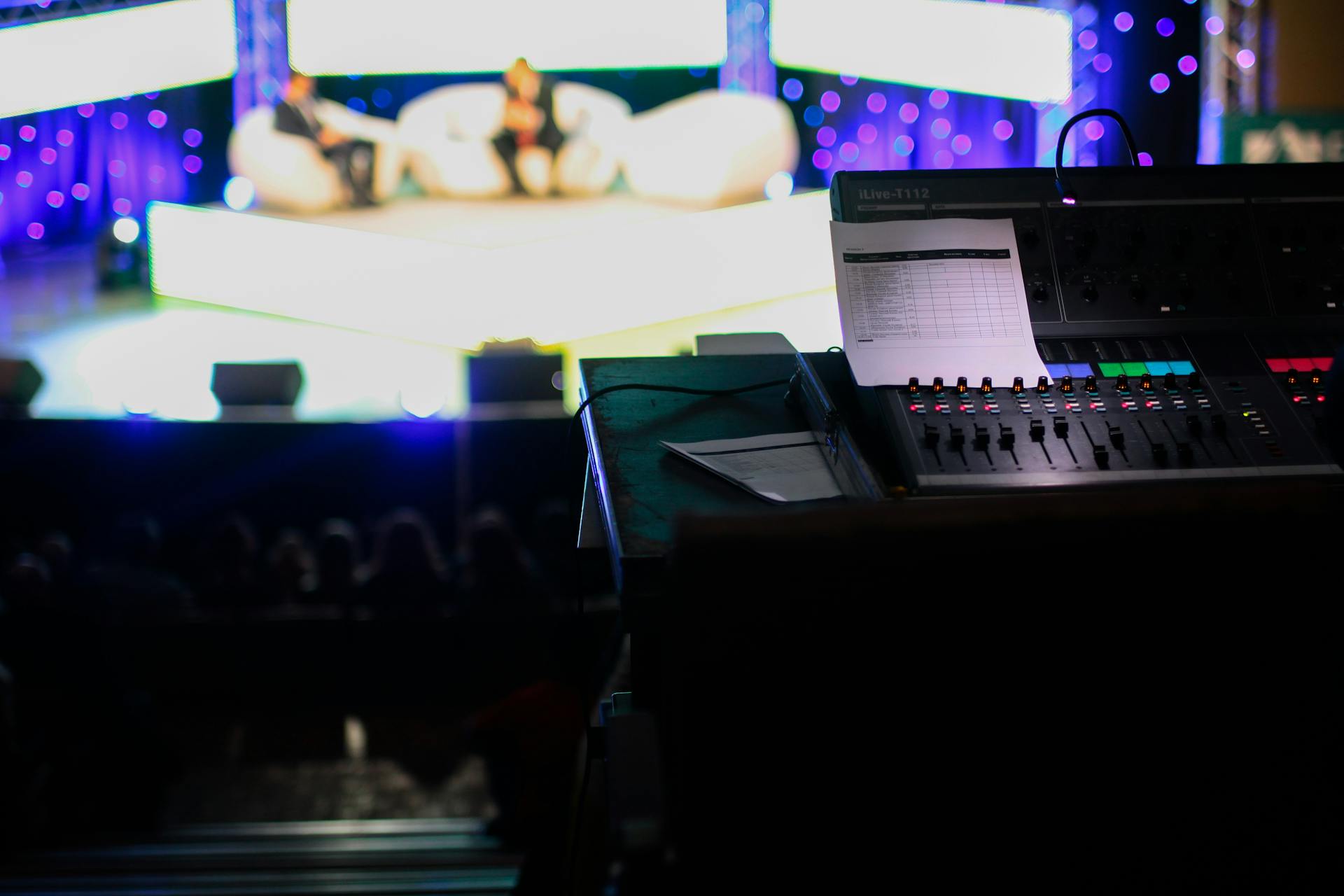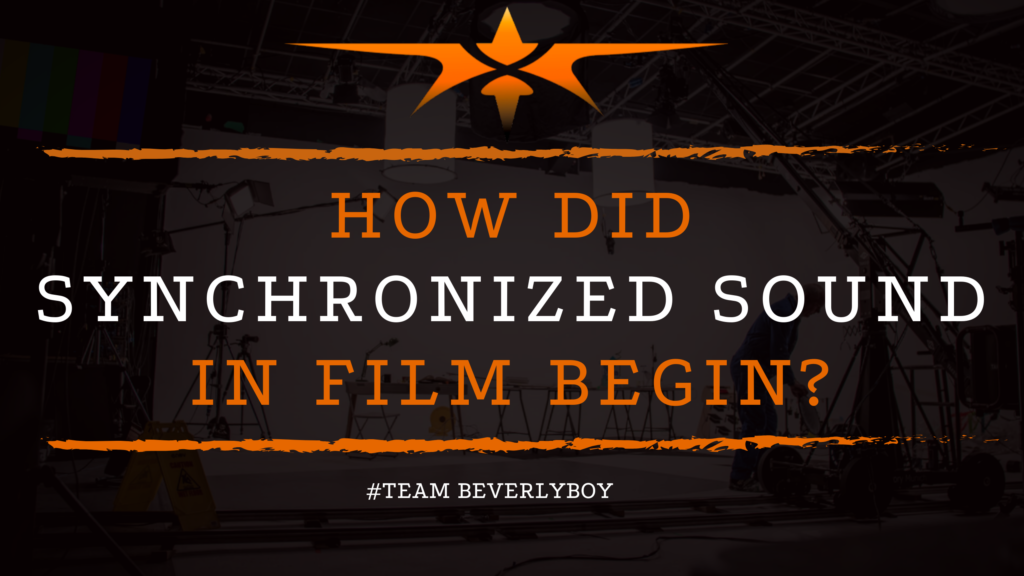How Did Synchronized Sound in Film Begin?
The development of synchronized sound in film represented a revolution in the motion picture industry. After years of silent era films and cartoons. While we know sound effects to be incredibly diverse. And able to be matched to various situations and activities taking place on the screen. The synchronization of sound wasn’t always possible or even considered for film. Now that the addition of amazing sound effects is merely an after effect of what’s to be expected in the production of a feature film or video. Do you fully understand the process? How are sound effects synchronized and where did this all begin?

The Development of Synchronized Sound
Synchronized sound wasn’t always part of the filmmaking process. In fact, many of the early films from the 1900s did not include any sound. Nor was there a consideration as to the impact that synchronized sound could potentially have on the viewer.
Although attempts to record sound were being made in the early 1900s. The idea of producing synchronized sound effects to play at the exact timing desired was still too technical to fathom early on.
Instead, the closest films would get to synchronized sound effects in those days would be the hiring of live musicians. Who would play during the motion picture viewing in a theater to create the synchronized effect of sound that ran the duration of the film. But, this was incredibly costly!
De Forest Phonofilm Company
As we look to answer the question, “How are sound effects synchronized?” We must first address the earliest release of films that featured sound recorded with the film.
Behold, the De Forest Phonofilm Company! Although Hollywood wouldn’t make the Phonofilm mainstream. The creation was enough to get the ideas rolling in the right direction.
Warner Brothers Breaks the Mold
Soon after, Warner Brothers Studio would carefully consider synchronized sound. And, in doing so, Fox Movietone news would also result in a system. In which filmmakers, and studios, would begin considering the costly investment into synchronized sound in films.
Soon, Warner Brothers would have 150 theaters across the US wired for sound. And Fox Film Corporation would acquire Tri-Egon, a sound on film system. Both studios recognizing the future of film laying in the synchronization of sound, they banded together for a push.
The First Synchronized Dialogue
It was 1927, and Warner Brothers released The Jazz Singer starring actor Al Jolson. Who spoke just a few lines of synchronized dialogue. Audiences LOVED it! Hearing an actor speak, on film, for the first time was HUGE. These films were called “talkies” and they became all the rage.
By 1929, 75% of all films produced in Hollywood had some form of synchronized sound accompaniment. And a year later, there would be no further production of silent films.
Synchronized sound in film was certainly an incredible journey. Over the next several decades films would incorporate more and more sound audio.
Today, as you know, synchronized sound in film consists of everything. From dialogue to complex sound effects, music and so many different uses of audio captured in so many different ways. Synchronized sound in film was the birth of an entirely new era for the industry.


